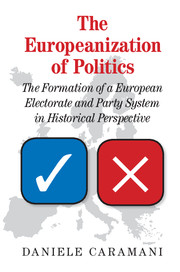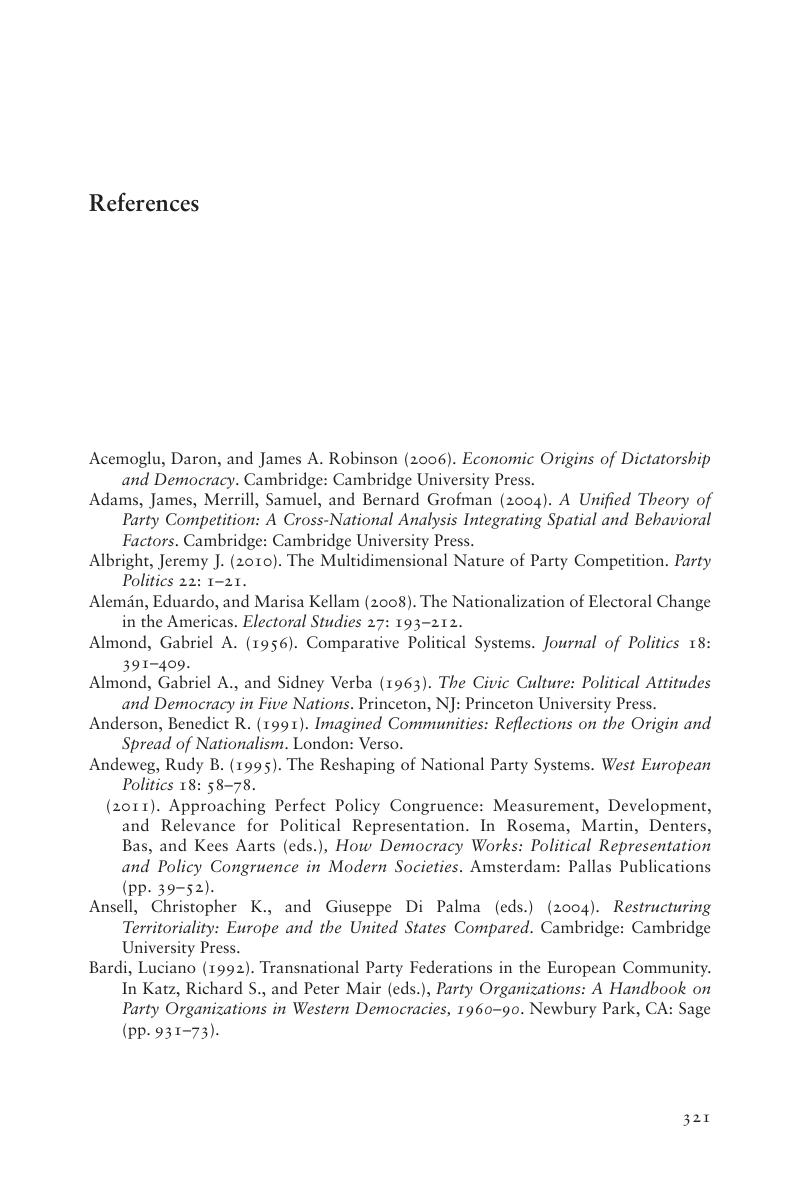 The Europeanization of Politics
The Europeanization of Politics References
Published online by Cambridge University Press: 05 November 2015
Summary

- Type
- Chapter
- Information
- The Europeanization of PoliticsThe Formation of a European Electorate and Party System in Historical Perspective, pp. 321 - 342Publisher: Cambridge University PressPrint publication year: 2015


